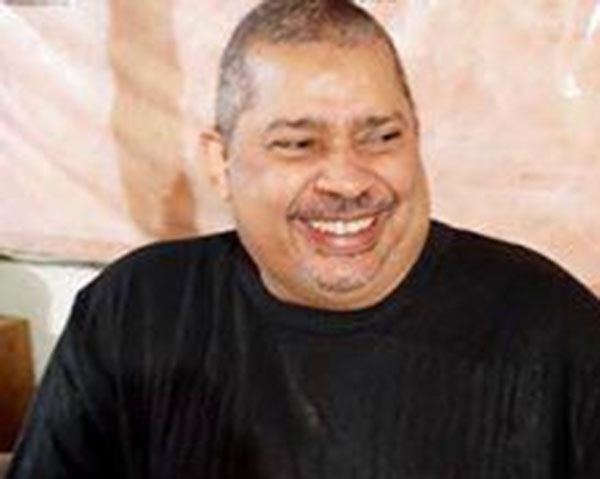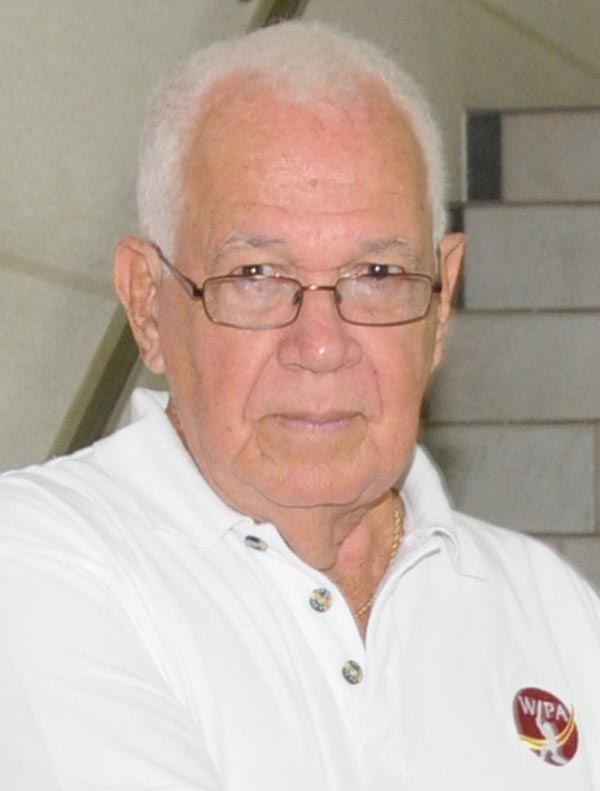As everyone would know by now, the West Indies two-Test Home Series against Pakistan ended 1-1. All things considered it was a fair result although the Pakistanis may have left the Caribbean feeling slightly aggrieved. They may have left, somewhat justifiably, that they lost the first Test rather than it having been won by the West Indies.
Reflecting on the West Indies’ overall performance during the Pakistan series, there are several areas of concern that immediately come to mind, among the few bright spots that were, of course, also thankfully evident.
First and foremost among the latter would be the continued emergence of Jayden Seales as a genuine Test bowler.

Seales’ five wicket haul in the first innings of the second Test, the youngest West Indian to ever achieve such a feat, was worthy of the heartiest celebrations. So too, to an albeit lesser extent, was Joshua DaSilva’s wicket-keeping.
Some of the catches DaSilva took throughout the series were of the highest order. He was also sufficiently tidy with his glovework and can be sufficiently pleased with his work behind the stumps. His batting seems to have fallen off a bit of late though.
In terms of the West Indies batting, 40 runs an innings has always been the established benchmark of success for batsmen playing at the highest levels of first class and Test cricket. An examination of the West Indies’ batting averages during the series sadly indicates that not a single member of the team averaged 40 or over from their four innings batted.
Holder 36.75, Brathwaite 35.50, and Blackwood 33.75 had the highest averages. More importantly, and of far greater concern were the lowly averages of the West Indies #2, 3, 4 and 6. Those of Messrs Powell (8.00), Bonner (11.00), Chase (13.25), and Mayers (8.00) respectively!
The underlying concern behind these dismal statistics was the West Indies pre-series preparation. months ago, immediately after the Test Series against South Africa with its own sub par West Indies batting had ended, we had raised the issue of the West team’s preparation for the upcoming Tests against Pakistan. The former great West Indies’ opening batsman, Desmond Haynes, was also sufficiently concerned as to have offered to host a batting camp for the team’s openers. Neither call was heeded.
Instead, the absolute lack of proper pre series preparation, especially for the batsmen, was in fact acknowledged by West Indies Head Coach Phil Simmons.
His rather shocking and surprising public revelation was that he was himself disappointed by the lack of practice the players had been afforded prior to the series. Simmons’ stated expectation that the players would have had the benefit of participating in Best vs. Best matches in their respective countries, was completely removed from the realities of the COVID restrictions having completely curtailed any such activities.
There were further concerns raised by the fact that seemingly as a result of administrative inadequacies of some form or the other, only one of the two Best vs. Rest practice matches that had been scheduled just prior to the first Test was actually played. In contrast to the “improved transparency,” that had been promised by the new Cricket West Indies Board under Ricky Skerritt’s leadership, there has as yet been no official explanation provided as to the exact reasons as to why only one of the two matches was actually played.
The West Indies final squad selection for the two Tests was another area of quizzical concern. Sharmarh Brooks who batted the longest and recorded the highest score in the one Best vs. Rest practice match played, was not chosen in the final squads for either of the two Tests. Jamal Warrican was selected as the spinner for the first Test, was hardly used by Skipper Kraigg Brathwaite and was then summarily excluded for the second, in deference to the inclusion of Alzarri Joseph as the fourth genuine seamer.
Joseph’s actual performance in the second Test proved to be a major disappointment. While he was by far the quickest of all the West Indies’ bowlers, routinely clocking speeds in excess of 140kph, his lengths and lines were far too inconsistent. As a result he was very expensive, particularly at those inopportune times when the West Indies needed to maintain the pressure of restricting the Pakistani batsmen from scoring too freely.
The West Indies bowling, which overall was commendable in both Test matches, was however again guilty at times of letting the opposition off the hook. A recurring trend that has been all to prevalent within recent years.
From 101-5 in the first innings of the first Test, Pakistan was allowed to recover to 217. In the second innings from 65-4, they got to 203. The second Test first innings recovery was of course even more startling. From 3-2 to an eventual 302/9 declared!
The apparent failure of the West Indies’ bowling attack to fully capitalize on captured early wickets, by not allowing their opponents to recover to any semblance of a semi decent score, raises the question as to whether captain Kraigg Brathwaite’s field placings are too defensive and not sufficiently attacking at times.
More importantly it also brings into question the efficiency of coach Phil Simmons’ support staff and as to whether it’s time for Cricket West Indies to review the status of both the bowling and batting coaches.
Roddy Estwick has undoubtedly provided yeoman service as the West Indies bowling coach, but the question now arises as to whether after so many years his effectiveness has now reached a plateau. Would our bowlers be better served by some one different?
Much the same question can and should be asked of the West Indies batting coach Monty Desai. The continued inconsistencies of the West Indies top order batting, and in particular their failure to achieve Phil Simmons’ established minimum objective of batting at least 100 overs, must now raise the issue as to whether Desai’s lack of prior experience as a Test coach has become detrimental to the further improvement of the West Indies batting. Should the services of Toby Radford be brought in as his replacement, or those of a similarly suitably qualified Coach from within the region?
Our final concern, in relation to the series, would be for the global embarrassment that was afforded by images of the grounds men using sponges, buckets and wheelbarrows to remove pools of rain water on the Sabina Park outfield to be never again experienced! Our very strong suggestion would be for Cricket West Indies to henceforth establish that future Home Series Test matches will only be hosted at venues which are equipped with proper equipment. Super Soppers included.
Thankfully, it will now be a few months before the West Indies is again engaged in a Test series, either at home or away. Sufficient time therefore, for the concerns raised herein to be sufficiently addressed.
About The Writers:
Guyana born Reds (Perreira) has served as a world recognized West Indies Cricket Commentator for well over fifty-years now, having made his debut broadcast during the 1971 West Indies-India Test Series.
Guyana born, Toronto based, Tony McWatt now serves as Canadian Cricket’s Media Relations Manager and as Publisher of Wickets: Canada’s Monthly Online Cricket Magazine.
He is also the only son of the former Guyana and West Indies wicket-keeper batsman the late Clifford “Baby Boy” McWatt.






